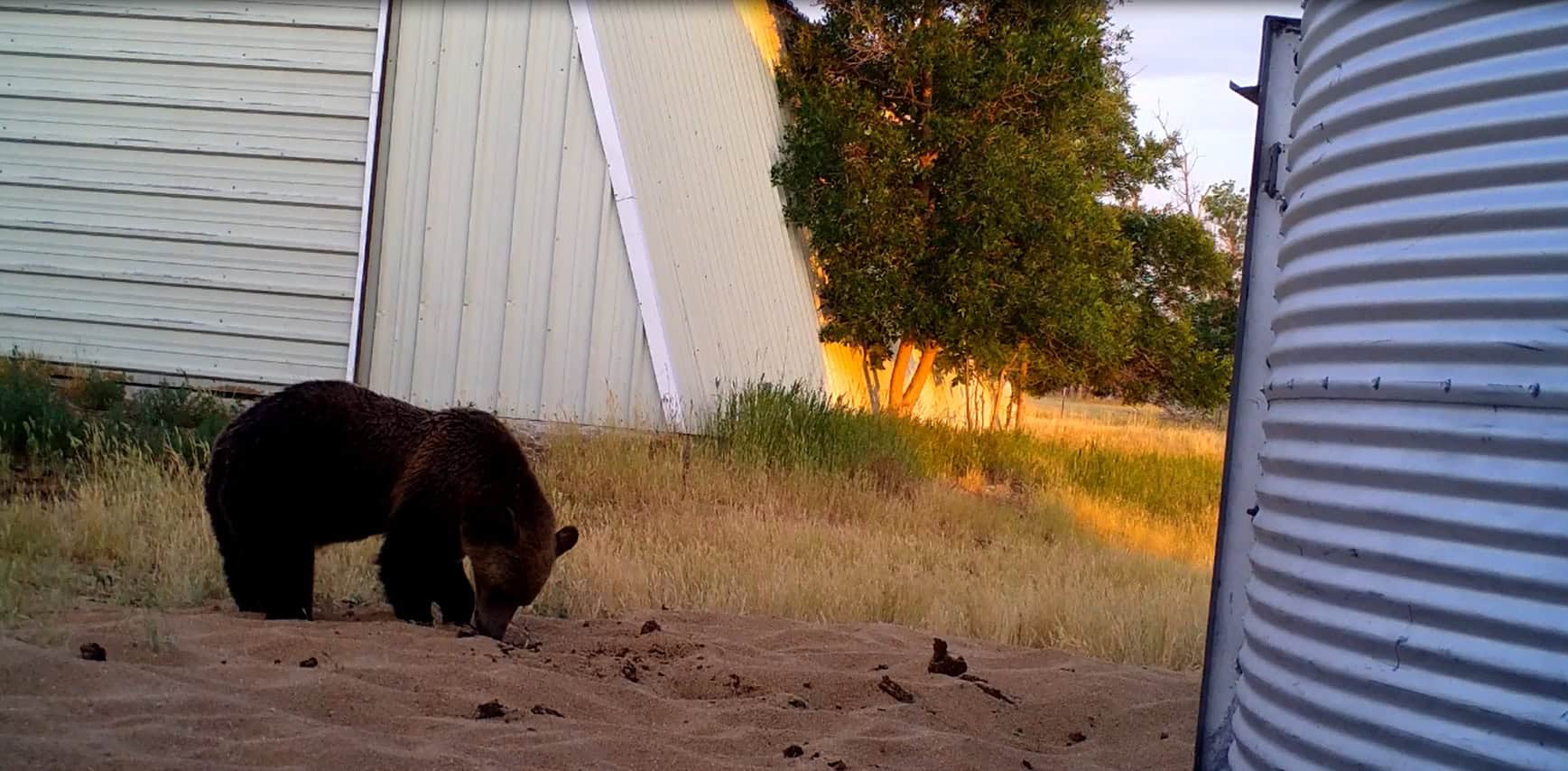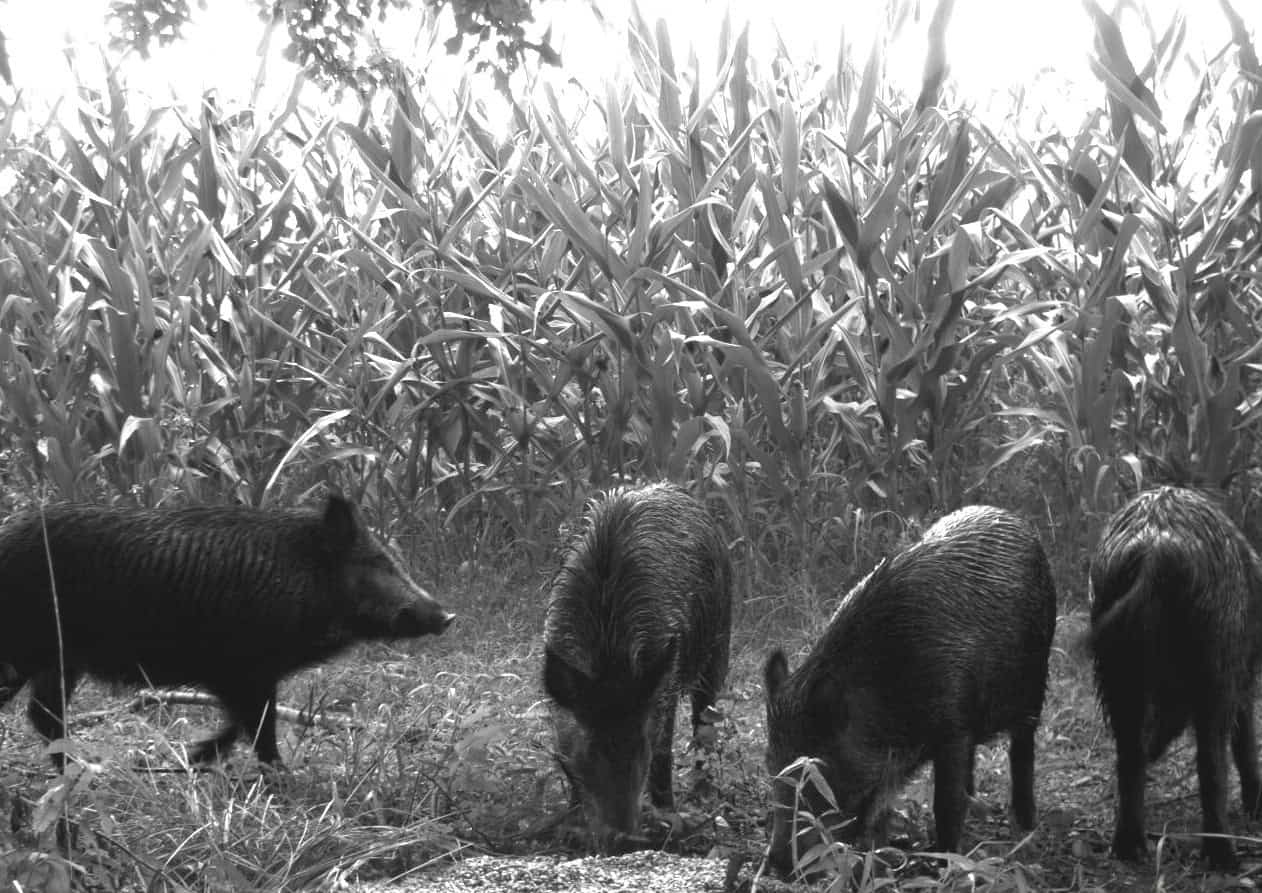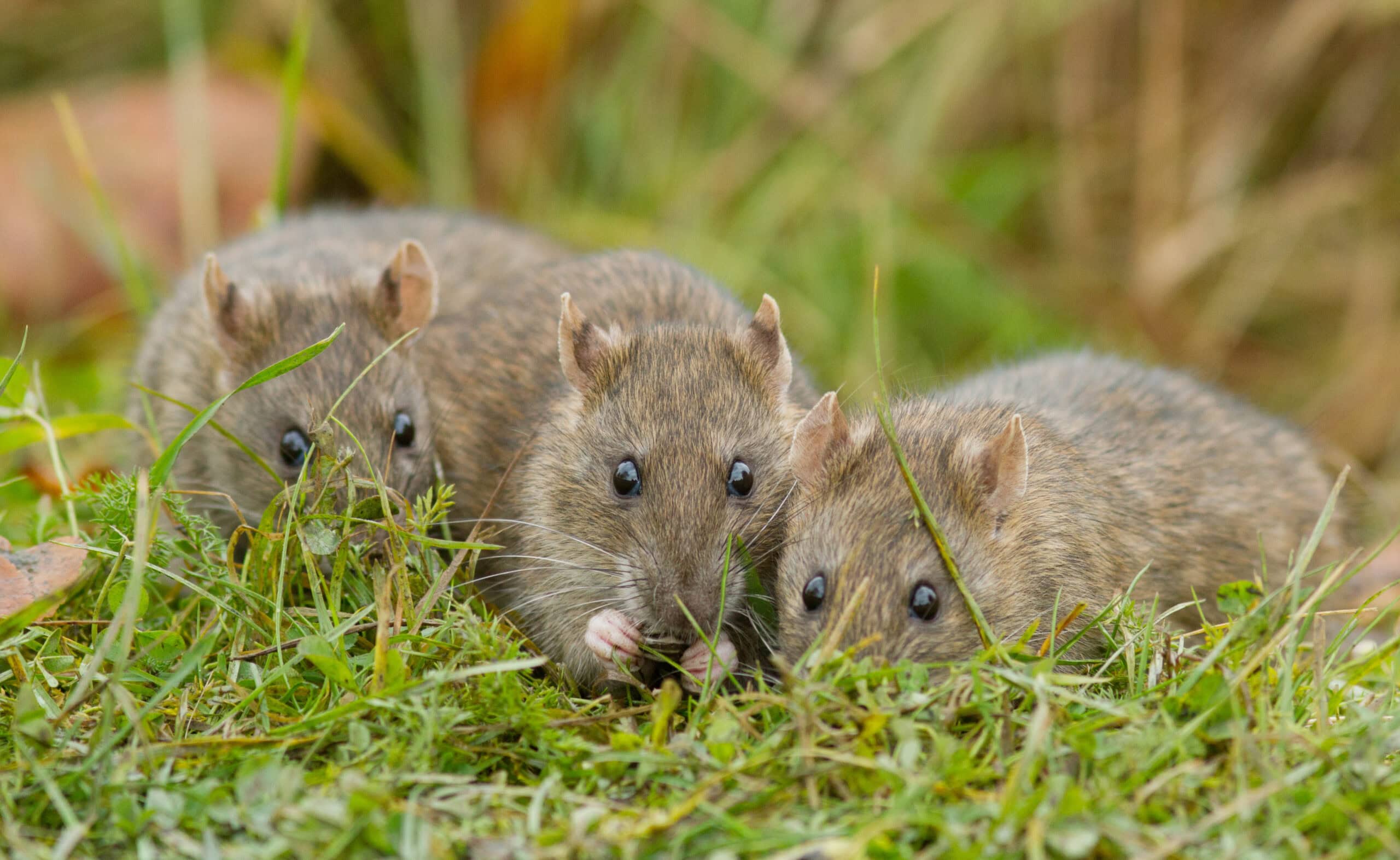Share this article
Wildlife Featured in this article
- Grizzly bear
JWM: Scare devices keep grizzlies away from grain spills
Grain spills around farmers’ houses can attract bears and cause conflict with humans
Scare devices may be a cost-effective means for landowners to keep grizzly bears from lurking around their homes after large grain spills that occur during transportation and processing.
“Scare devices are a cheap and easy solution to a lot of complaints,” said Wesley Sarmento, the grizzly bear management specialist with Montana Fish, Wildlife and Parks. “They can prevent bears from coming back about half of the time, and that prevents us [from] having to clean up thousands of pounds of grain.”
Once farmers harvest grain, they load large amounts onto trains, trucks and other means of transportation. These spills happen often and can sometimes exceed 10,000 pounds, Sarmento said. Montana Fish, Wildlife and Parks helps farmers clean up these spills, but they can’t always get to them right away, and big spills can take a couple of days to clean up. If left alone, the grain will eventually decompose.
Meanwhile, species like grizzlies, raccoons (Procyon lotor) and mule deer (Odocoileus hemionus) take advantage of the easy resources.
“Grain spills are a really easy meal for them to get calories,” Sarmento said of bears.
Managers sometimes have to resort to trapping and euthanizing bears or translocating them in some cases, but this solution is also costly and not always feasible.
Scare the bears
Instead, farmers have turned to scare devices—essentially, loud alarms that blare when motion-censored cameras detect bears in the vicinity of grain spills.
In a study published recently in the Journal of Wildlife Management, Sarmento and his colleagues tested the efficacy of motion-activated, solar-powered scare devices available on the market. From 2019 to 2021, they deployed devices on 21 farms in Montana where they had received calls about bears eating grain from recent spills.
The researchers decided to use these types of devices after uncovering problems with alternatives. They found sound devices that weren’t waterproof often malfunctioned after rain, while farmers often didn’t keep the battery-operated ones running when batteries wore out. Farmers also tended to turn off the devices that didn’t have a silent day mode, since the alarm features would go off when people moved by during the day, and they would forget to turn them back on during the night.
Devices that were solar-powered, waterproof, and could be set to automatically turn on during the night worked best. On average, these devices, which deter bears with loud alarms and flashing lights, cost about $17 a piece. While Sarmento said available scare devices are still “super rudimentary,” they offer an affordable and easy way to deter some nuisance wildlife.
The researchers also set up trail cameras around the scare devices to determine whether they were effective.
Sarmento said he and his team found that the scare devices reduced the likelihood that bears would reach grain spills by 46%. When multiple scare devices were used in some cases, each additional device further reduced the likelihood of a bear getting the food by an extra 44%.
The findings showed the devices were less likely to scare bears traveling in groups than individuals. They also revealed that the devices were better at deterring bears when other food sources were abundant on the landscape.
“It was most effective in August, when we have abundant berries,” Sarmento said.
There wasn’t any evidence that the devices got less effective over time—in other words, that the bears were getting used to the alarms and flashes of light.
Sarmento said that these scare devices can be an effective way of keeping bears away from spills since the state wildlife agency can’t always help clear them in time. In the future, he’d love to see devices that could be programmed with different sounds or effects, so as to avoid potential future habituation to the devices.
This article features research that was published in a TWS peer-reviewed journal. Individual online access to all TWS journal articles is a benefit of membership. Join TWS now to read the latest in wildlife research.
Header Image: : A grizzly bear eats spilled grain at a farm. Credit: Wesley Sarmento/Montana Fish, Wildlife and Parks








